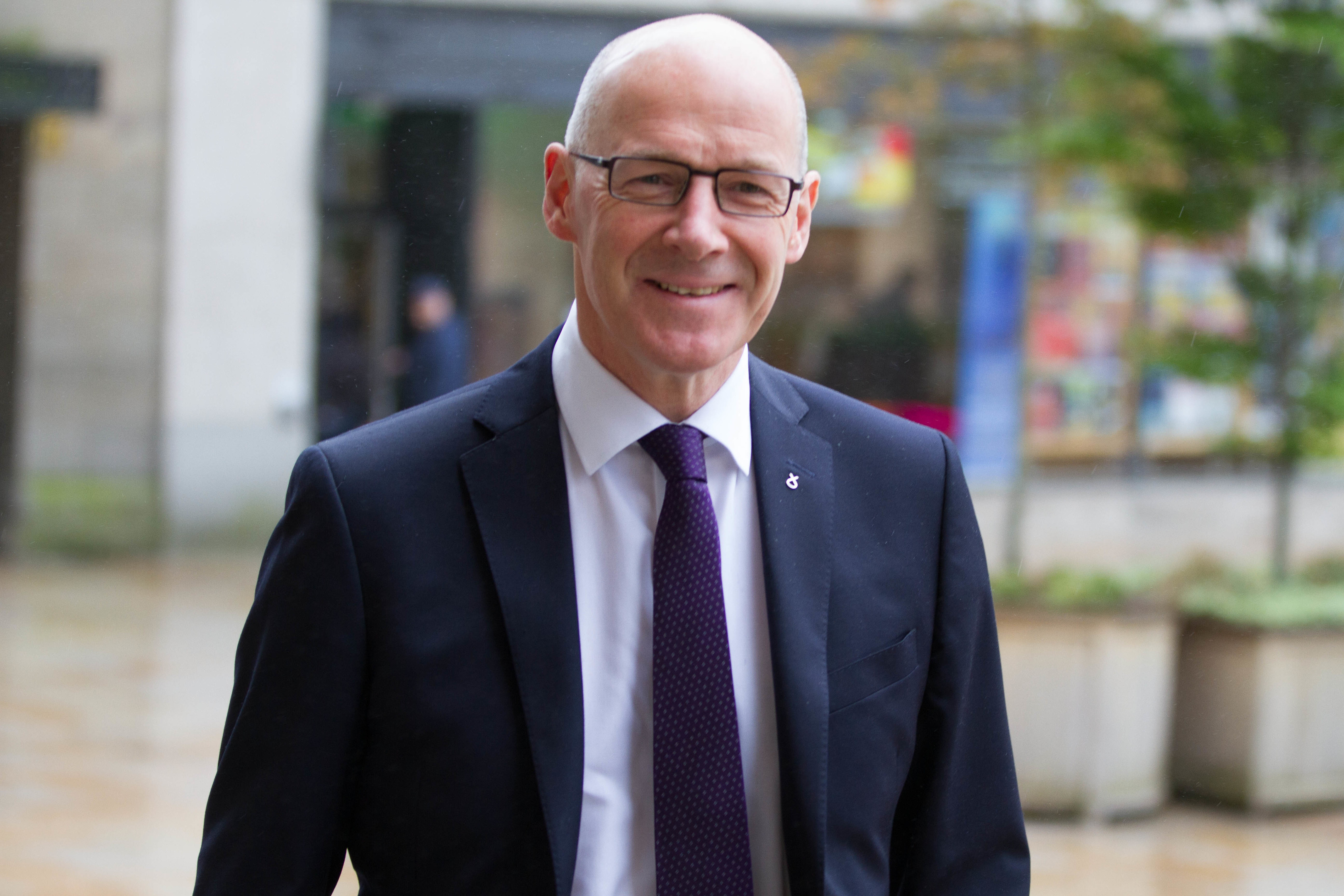In handing the education portfolio to John Swinney, by all accounts one of the most able SNP politicians, it seemed Nicola Sturgeon was committed to making schools a priority.
But any hopes the rest of us had that here, at last, was a minister who had the clout and the talent to fix Scotland’s failing education system were soon dashed.
Swinney, like his many less accomplished predecessors, from other parties and his own, was not a match for this country’s entrenched educational establishment, which includes its public bodies and its unions.
Some of us have long complained about the way school standards in Scotland have been allowed to plummet, particularly in the most deprived areas, while reforms elsewhere in the UK have brought improvements.
Such criticism, even when it has come from the most respected experts, such as Edinburgh University’s Professor Lindsay Paterson or Dundee’s Professor Jim Scott, has been batted aside by successive ministers.
Those in power were selectively deaf to repeated warning bells about a botched curriculum, scarcity of teachers and dwindling opportunities for generations of schoolchildren.
Now, a damning report by Holyrood’s cross-party education committee makes it impossible for the Scottish Government to continue in its complacency. The committee, led by the SNP’s Clare Adamson, began to investigate Scotland’s secondary school system following research last year by Professor Scott.
He found that the inaptly named Curriculum for Excellence had reduced S4 pupils’ subjects to six from eight, restricting their choices at Higher and Advance Higher, resulting in a “collapse” in the numbers studying modern languages and STEM subjects such as maths, science and computing.
The committee, which heard evidence from teachers, academics, parents and pupils, not only agreed with Professor Scott’s findings that the curriculum is threatening children’s prospects, but identified the main culprits. Both Education Scotland, the government schools quango, and the SQA (Scottish Qualifications Authority) showed a “lack of clear leadership” and a “lack of awareness” about the extent of the problem, said the MSPs.
Education Scotland had displayed “alarming” ignorance about the curriculum and how it was implemented, and the agency was confused about its own responsibilities.
In the world of business or in most professional fields, those in a leadership role exposed as ignorant, confused and unable to lead would be sacked. The principles of the private sector must now be applied to the top tier of Education Scotland and the SQA.
Surely, in the face of such overwhelming evidence of failure from an impartial arbiter an overhaul of personnel is non-negotiable. Then the reforms can start in earnest.
The committee has recommended a review of the school years S4 to S6, and Swinney has agreed to this, although there are already doubts about how independent it will be, since government agencies will still be involved.
But any review will be limited without the political drive for change, as Professor Scott wrote in a newspaper article this week, Swinney blamed schools, local authorities and the national agencies for education failings. But he did not include his own role.
“Only government, however, can challenge councils and agencies and only government has had a clear view of all these issues,” said Professor Scott.
The current government, and minister, are not uniquely culpable for Scotland’s schools crisis. The Curriculum for Excellence was introduced in 2010, conceived before the SNP took office that year, but thereafter mismanaged by Nationalist education departments.
That is nearly 10 years to get it right – or wrong, as this week’s report appears to have concluded. Sad to say, but Swinney must be moved out of the education brief.
But that will certainly not solve the problem, which runs far deeper. Across Scotland, something is seriously defective in the way our biggest public services are being run. The ongoing infection and infrastructure scandals in Glasgow’s new Queen Elizabeth University Hospital and the yet-to-open children’s hospital in Edinburgh would embarrass a third world nation.
To lose control of both the health and education systems in such spectacular fashion goes beyond individual ministerial incompetence.
Where are the trusted bureaucrats, the career civil servants and dependable advisers? Are they frightened to take on the government when it makes bad decisions? The public doesn’t have the answers, but we must now ask the questions.
